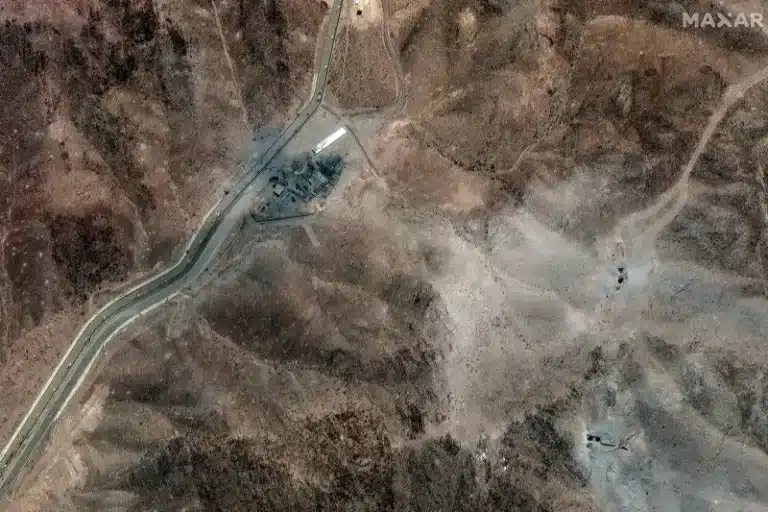In his latest essay in Foreign Policy, Jason Bordoff, Founding Director of Columbia University SIPA’s Center...
In his latest essay in Foreign Policy, Jason Bordoff, Founding Director of Columbia University SIPA’s Center on Global Energy Policy, provides reflections from his visit to Vienna for last week’s OPEC/non-OPEC meeting about the importance of the group’s agreement and what it tells us about the role of oil producers, particularly Saudi Arabia and Russia, in managing oil markets despite the shale revolution. “The decision last week to provide oil price relief, reflecting newfound oil policy partnership between Saudi Arabia and Russia, marks a potential turning point in the global oil order and a reminder that despite the shale boom or a possible energy transition, oil geopolitics is alive and well,” Bordoff concludes.





